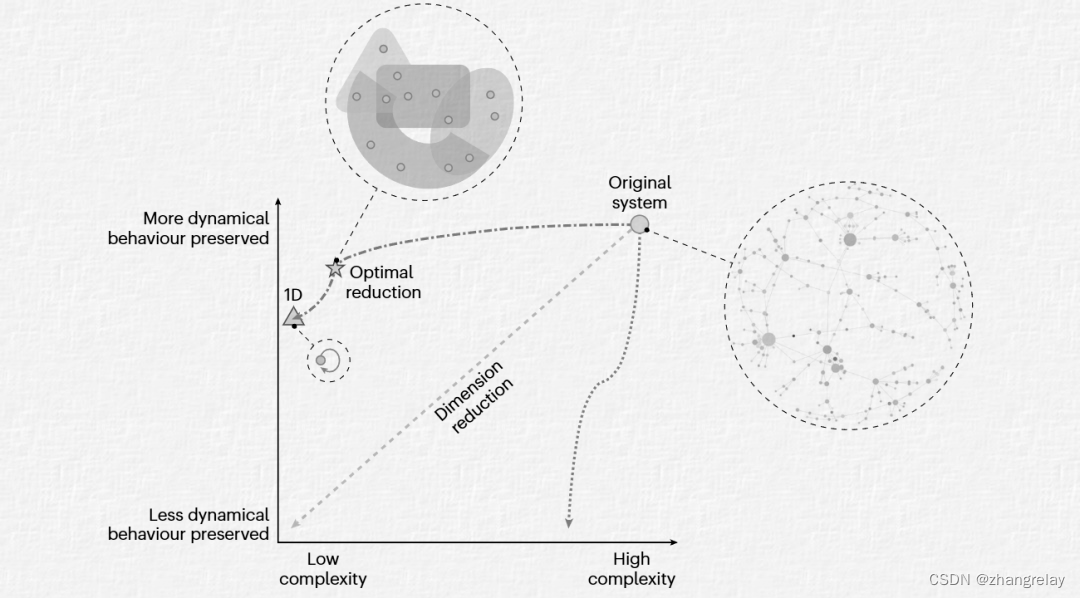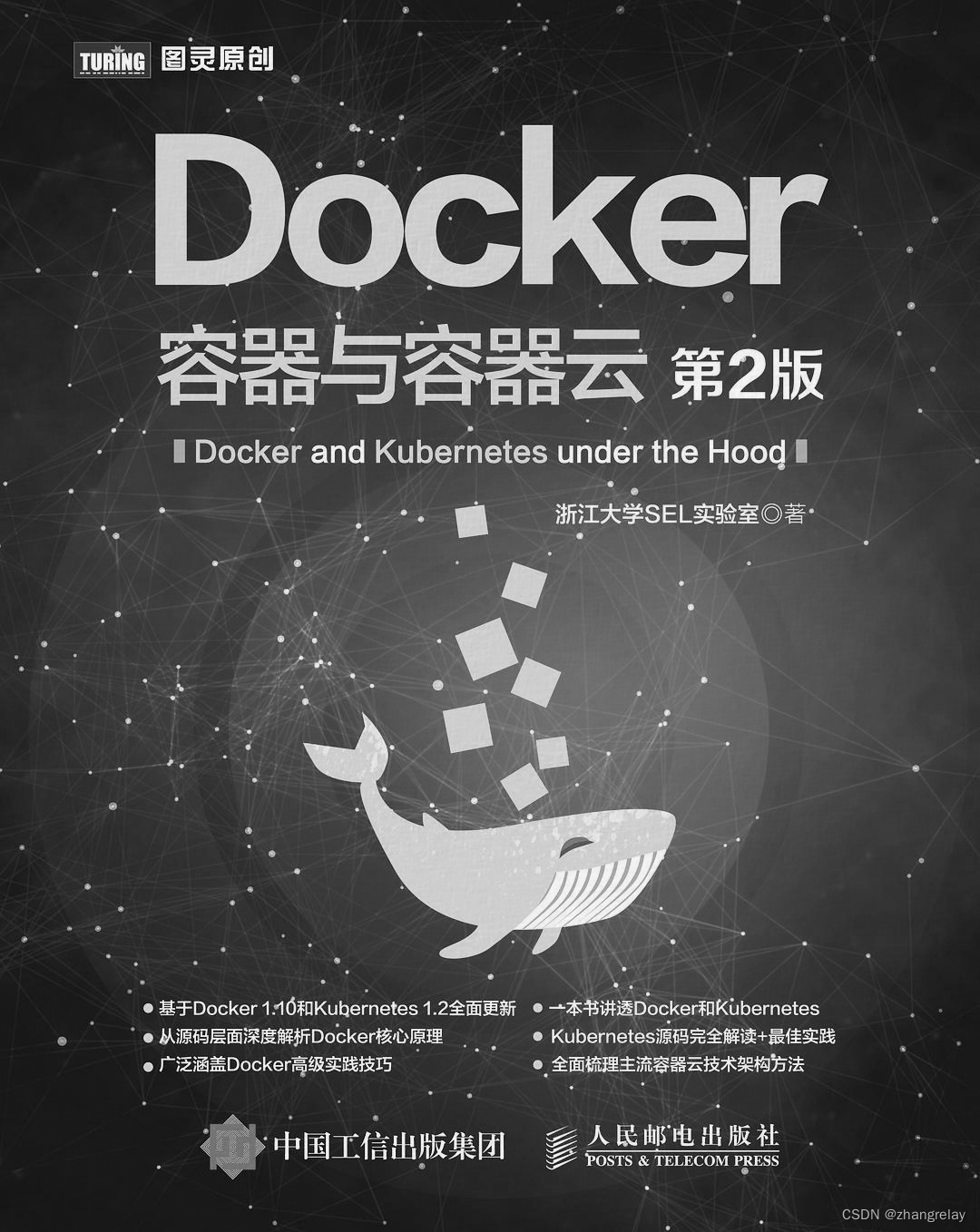普通学校普通人如何高效获取有价值的网络信息
个人观点简洁版:
几乎不可能
需要足够耐心跳过人工智能的观点往下看。?
人工智能观点:
在普通学校作为一名普通人,高效获取有价值的网络信息是一个重要的技能,有助于学习、研究和日常生活。以下是一些建议:
- 明确信息需求:
- 在开始搜索之前,明确自己需要什么样的信息。
- 将需求具体化,比如确定关键词、信息类型(文字、图片、视频等)和所需信息的深度。
- 选择合适的搜索引擎:
- 使用主流的搜索引擎,如Google、Bing、Baidu等,它们通常能提供更广泛和更准确的搜索结果。
- 根据需求尝试不同的搜索引擎,有些搜索引擎可能更专注于特定类型的内容。
- 精炼关键词:
- 使用具体、明确的关键词进行搜索。
- 利用布尔运算符(如AND、OR、NOT)来精确或扩大搜索范围。
- 尝试使用不同的关键词组合,以获得更多相关结果。
- 评估信息质量:
- 查看信息来源的权威性和可靠性,比如教育机构、政府机构或知名媒体。
- 注意检查信息的发布日期,确保信息是最新的。
- 对比多个来源的信息,以验证其准确性和一致性。
- 利用专业数据库和学术资源:
- 如果需要学术或专业信息,可以使用图书馆订阅的数据库、学术期刊网站等。
- 一些学校和图书馆提供免费的学术搜索工具和资源,充分利用这些资源。
- 使用RSS订阅和新闻聚合:
- 通过RSS订阅感兴趣的博客、新闻网站或专业领域的更新。
- 使用新闻聚合应用或服务来定制个性化的新闻流。
- 参与社交媒体和专业社区:
- 加入与兴趣或专业相关的社交媒体群组或论坛,与同行交流信息。
- 关注行业专家或意见领袖,获取他们分享的专业见解和资源。
- 学习搜索技巧:
- 了解并掌握高级搜索技巧,如使用引号搜索完整短语、使用通配符等。
- 学习如何利用搜索引擎的高级搜索功能来过滤结果。
- 培养信息素养:
- 不断学习和提高自己对信息质量、信息伦理和信息安全的认识。
- 学会批判性地分析和评价所获取的信息,避免被误导或传播错误信息。
通过上述方法,不仅可以更高效地获取有价值的网络信息,还能提升个人的信息检索能力和批判性思维。
?
前序
为了能够发表出来,很多内容都写得非常抽象,这也是无可奈何的。
https://zhangrelay.blog.csdn.net/article/details/135765224
上面这篇文章提及了一些案例,文末也引用了“极少数人”。
"冥冥之中,自有定数?"。
P、M、K,其中K如下图所示:

上图为引用,版权属于原巨佬。?
起因
信息差很多情况下被提及,信息爆炸在这个时代也不是新鲜事情。
学生问及毕业设计英文文献翻译遇到资料不合适等,几乎所有学生都希望指导教师能够提供一些文献。
但事实上,指导教师也是无能为力的,毕竟都是一个学校的共同体。
那么资源水平几乎是一致的,越是普通学校,优质资源越是稀缺,信息差越明显,在海量的爆炸信息面前,花费大量时间无法找到有价值的信息,即便是机缘巧合找到了,也会面临如下结果。

如果不清楚,放大看:
 还需要委托其他朋友帮忙才能看。
还需要委托其他朋友帮忙才能看。
复杂系统是高维非线性动力系统,其组成部分之间存在异质相互作用。为了对其大规模行为进行可解释的预测,通常假设这些动力学可以简化为几个涉及低秩矩阵的方程,该矩阵描述了相互作用网络。我们的文章阐明了这一低秩假设,并质疑其有效性。利用奇异值分解的基本定理,我们通过明确其低秩公式或通过证明其奇异值的指数下降来探索各种随机图的假设。我们通过揭示其奇异值的快速下降来验证真实网络的假设,这对它们的有效秩具有重大影响。然后,我们通过最优降维来评估一般动力系统对网络低秩假设的影响。这使我们能够证明循环神经网络可以被精确地简化,我们可以将真实网络中快速下降的奇异值与它们支持的非线性动力学的降维误差联系起来。最后,我们证明了高阶相互作用自然地来自降维,从而为复杂系统中高阶相互作用的起源提供了见解。?
人工智能的理解性:
复杂系统,作为高维非线性的动力学体系,其内部组件间展现出多样化的异质相互作用。为了解析并预测这些系统在宏观尺度上的行为模式,学术界普遍采纳一种假设:即将这些错综复杂的动力学过程简化为数个核心方程,这些方程中通常包含一个低秩矩阵,用于刻画系统内部各元素间的相互作用网络。最近,一项发表在《自然·物理》上的研究对这一“低秩假设”进行了深入探究,验证了其在多种复杂系统中的适用性和有效性。研究指出,通过适当的降维处理,许多复杂系统不仅能够在结构上得到简化,而且能够保留原始高维网络中的关键特性。此外,该研究还揭示了高阶相互作用在降维过程中的自然涌现,这一发现为理解复杂系统中高阶相互作用的产生机制提供了新的视角和启示。

核心为:复杂---转为---简单。
此处这篇文章说明,普通人没有权限直接下载和阅读这篇文章,仅此而已。
隔离
有价值的信息被各种方式分类隔离,这是全球普遍存在的现象。
 ?
?
容器技术和云技术都是最前沿的应用场景。
这和我们社会类似,通过一系列筛选然后不同的朋友被放到不同的容器环境中,容器直接相互隔离。
每个容器中的朋友,都在自己的容器中,怡然自得,或开心快乐,或悲伤忧郁,但是却无法逃离那个容器。
切回到2020年那篇博文,一切是那么的似曾相识。?
虚构故事
井底之蛙的机器人梦想
在一所不知名的科技大学里,有一位名叫陈磊的机器人工程专业讲师。陈磊对机器人技术充满了热情,他始终认为,机器人不仅仅是冷冰冰的金属和电路,它们更应该是能够理解和回应人类情感的智慧体。
然而,他的学生们并不都这么想。他们中的大多数人更关心机器人的实用性和效率,对于陈磊所提倡的“情感机器人”理念,他们觉得既遥远又不切实际。
陈磊不甘心自己的教学理念被忽视,他决定进行一次大胆的教学创新。他设计了一门全新的课程,名为《情感机器人设计与实现》,并信心满满地向学校申请了教学改革的资金支持。
课程一开始,陈磊就遭遇了挑战。学生们对他的新课程感到困惑,他们不知道如何将情感融入到机器人设计中。陈磊耐心地引导他们,分享自己的见解和经验,甚至亲自示范如何为机器人编写情感识别与响应的代码。
随着时间的推移,一些学生开始对陈磊的课程产生了兴趣。他们开始尝试在自己的机器人项目中加入情感元素,虽然这些尝试往往以失败告终,但陈磊鼓励他们不要气馁,要继续探索。
然而,就在课程进行到一半的时候,一场突如其来的意外打破了陈磊的教学计划。一位名叫李浩的学生,在尝试为自己的机器人加入情感识别功能时,不小心触发了机器人的安全保护机制,导致机器人失控,差点伤到自己。
这起事件在校园里引起了轩然大波。学校开始对陈磊的课程进行调查,质疑他的教学理念是否过于激进,是否忽视了学生的安全。一些原本支持陈磊的学生也开始动摇,他们开始怀疑情感机器人是否真的可行。
面对压力和质疑,陈磊坚持自己的信念。他认为这次意外只是一个偶然事件,不能因为一次失败就否定整个情感机器人的理念。他向学校申请重新开设课程,并承诺会加强安全措施,确保类似的事情不再发生。
然而,学校的回应令陈磊失望。他们认为陈磊的教学理念过于超前,不符合当前的教学大纲和市场需求。他们决定暂停陈磊的课程,并重新评估情感机器人在教学中的地位。
陈磊感到沮丧和无奈。他意识到自己的教学创新失败了,他的情感机器人理念并没有得到认可和接受。他开始怀疑自己是否真的是一个“井底之蛙”,是否过于执着于自己的理念而忽视了现实。
在经历了一段时间的低谷后,陈磊决定重新振作起来。他意识到即使自己的教学理念没有得到学校的认可,他仍然可以继续探索情感机器人的领域。他开始寻找志同道合的合作伙伴,共同研究情感机器人的技术和应用。
虽然陈磊的教学创新以惨败告终,但他并没有放弃自己的梦想。他相信只要坚持不懈地努力,总有一天情感机器人会得到世人的认可和接受。而他自己也将不再是一个“井底之蛙”,而是一个站在机器人技术前沿的探索者和创新者。
The Frog in the Well and the Dream of Robots
In a renowned university of technology, there was a lecturer named Chen Lei, who specialized in robotics engineering. Chen Lei firmly believed that robots were not merely cold metal and circuits; they had the potential to become intelligent beings capable of understanding and responding to human emotions.
However, most of his students were more concerned with the practicality and efficiency of robots. They were not interested in Chen Lei’s vision of “emotional robots.”
Undeterred, Chen Lei decided to embark on a bold teaching innovation. He designed a new course titled “Design and Implementation of Emotional Robots” and confidently applied for funding from the university to support his teaching reform.
The challenges began almost immediately. Students were confused about how to integrate emotions into robot design. Chen Lei patiently guided them, shared his insights and experiences, and even demonstrated how to program robots to recognize and respond to emotions.
As time progressed, some students became interested in Chen Lei’s course and attempted to incorporate emotional elements into their robot projects. Although these attempts often ended in failure, Chen Lei encouraged them not to give up and to continue exploring.
However, halfway through the course, an unexpected incident occurred. A student named Li Hao, while attempting to add an emotion recognition feature to his robot, accidentally triggered the robot’s safety mechanism, causing it to malfunction and nearly injuring himself.
This incident caused a stir on campus. The university launched an investigation into Chen Lei’s course, questioning whether his teaching philosophy was too radical and whether it neglected student safety. Some students who had initially supported Chen Lei also began to have doubts about the feasibility of emotional robots.
Under pressure and scrutiny, Chen Lei held fast to his beliefs. He argued that the accident was an isolated incident and should not discredit the entire concept of emotional robots. He applied to the university to reopen the course, promising to enhance safety measures to prevent similar incidents.
Unfortunately, the university’s response was disappointing. They believed that Chen Lei’s teaching philosophy was too ahead of its time and did not align with the current curriculum and market demands. They decided to suspend Chen Lei’s course and reevaluate the role of emotional robots in education.
Devastated and frustrated, Chen Lei realized that his teaching innovation had failed, and his vision of emotional robots had not been recognized or accepted. He began to doubt whether he was truly a “frog in the well,” too fixated on his own ideas and blind to reality.
After a period of struggle and reflection, Chen Lei decided to regroup and continue exploring the field of emotional robots. He sought out like-minded individuals and collaborated with them on research and development.
Meanwhile, Li Hao, burdened with guilt and self-doubt, began to reexamine his role in the incident. He acknowledged his negligence during the experiment but also realized that he had been unfairly treated during the investigation. He decided to seek out Chen Lei, apologize for his actions, and ask for his mentor’s forgiveness and guidance.
When Li Hao found Chen Lei, he was working in a remote town to promote robotics technology. Despite his departure from the university, Chen Lei had not given up on his passion for robotics. He hoped to bring the benefits of robotics to more people through his efforts.
Li Hao confessed his thoughts and feelings to Chen Lei, admitting his negligence and expressing a willingness to take responsibility. Chen Lei looked at Li Hao intently and said calmly, “Everyone makes mistakes. What’s important is what we learn from them.”
Li Hao was surprised and moved by Chen Lei’s words. He decided to stay and assist Chen Lei in promoting robotics technology, hoping to make amends for his past mistakes and rediscover his passion for robotics.
Over time, Chen Lei and Li Hao achieved remarkable success in their work in the town. They not only successfully promoted robotics technology but also helped local businesses and schools establish robotics laboratories, providing a better learning and working environment.
During this process, Chen Lei and Li Hao also rediscovered their research direction and motivation. They began to reexamine the role and value of emotional robots in human life and explored new technologies and methods to achieve their goals.
After years of hard work and research, Chen Lei and Li Hao finally developed a robot called “Emotional Companion.” This robot could not only understand and respond to human emotions but also provide personalized services and support based on users’ needs. Its debut caused a sensation, receiving recognition from multiple international awards and being widely used in healthcare, education, and elderly care.
The success story of Chen Lei and Li Hao inspired many young people to pursue their dreams and embrace innovation. They realized that although everyone was a frog in their own well, as long as they had the courage to jump out and explore new knowledge and technologies, they could create a better future.
Eventually, Chen Lei and Li Hao returned to the university, bringing the “Emotional Companion” robot with them. They shared their research findings and experiences with other faculty members and students. The university highly recognized and supported their achievements, deciding to reopen courses and research projects related to emotional robots. Chen Lei and Li Hao became leaders in the field of robotics engineering at the university, and their story continued to inspire others to pursue their dreams and embrace innovation.
本文来自互联网用户投稿,该文观点仅代表作者本人,不代表本站立场。本站仅提供信息存储空间服务,不拥有所有权,不承担相关法律责任。 如若内容造成侵权/违法违规/事实不符,请联系我的编程经验分享网邮箱:chenni525@qq.com进行投诉反馈,一经查实,立即删除!